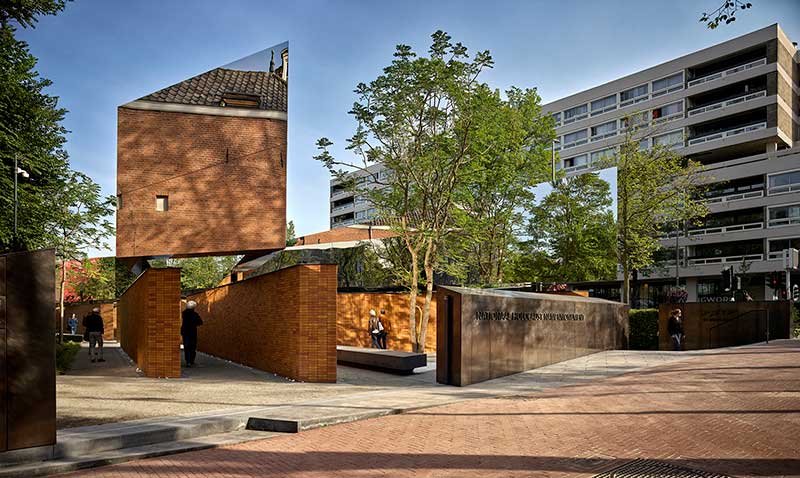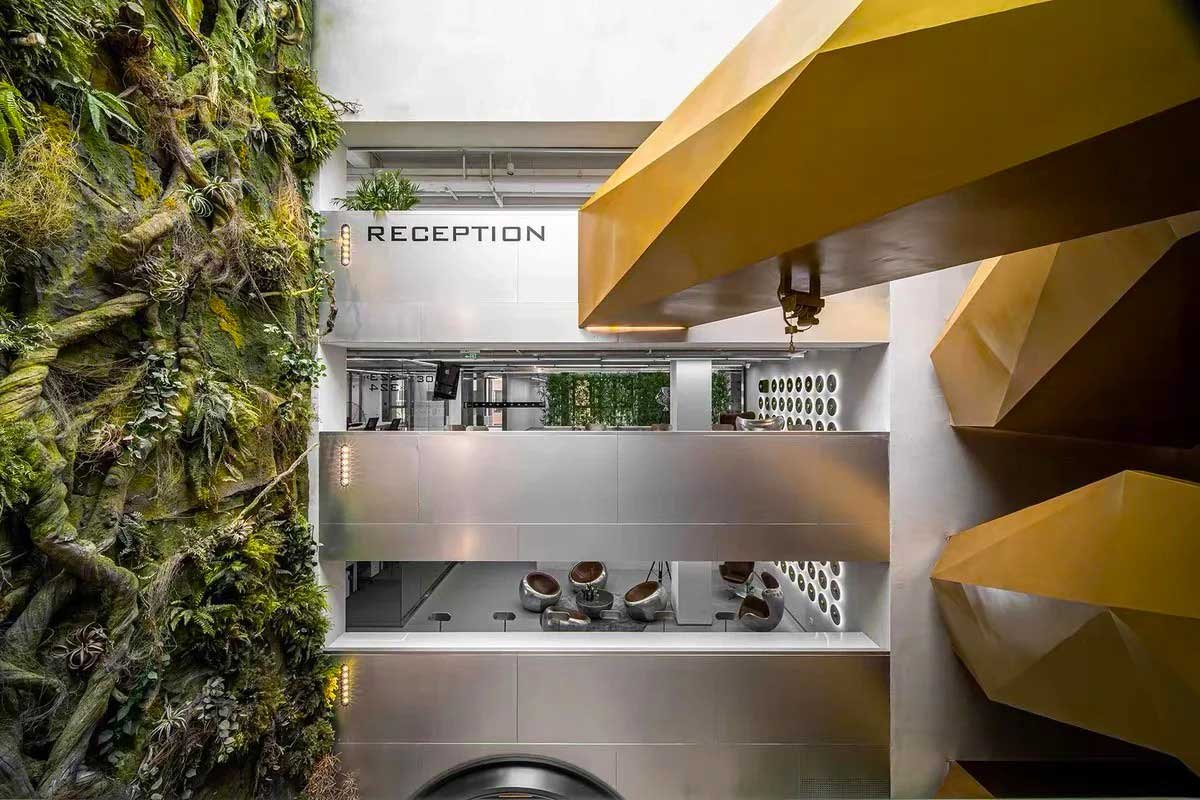Decorative Design Combining Stainless Steel with Other Materials
Table of Contents
In recent years, stainless steel has become a popular material in decorative design, owing to its exceptional durability, resistance to corrosion, and affordability. However, the use of stainless steel doesn’t necessarily mean that its application on its own is the only way. Combining stainless steel with other materials has become a growing trend in decorative design, bringing a fresh and sophisticated look to any space.
Wood
One of the most common materials that complement stainless steel well is wood. In contemporary design, stainless steel and wood are two materials that are often used together to create an elegant and sophisticated look. At first glance, this may seem like an odd pairing, as stainless steel is often associated with modern, industrial settings, while wood is commonly associated with traditional, rustic styles. However, when combined in a decorative design, the result is warm, inviting, and thoroughly unique.
One of the most popular ways to incorporate both materials is through the use of furniture design. A wooden table top, for instance, can be coupled with stainless steel legs, providing the perfect mix of modern and rustic aesthetics. This combination can also be found in other furniture pieces like desks and chairs, which can benefit from the sleekness of stainless steel and the warmth of wood.
Stairs and handrails are another common area where both materials can be combined to great effect. Stainless steel handrails with wooden steps can offer a highly modern look which is softened by the warmth of the wood. The use of wood with stainless steel can also create a very comfortable and inviting rustic aesthetic, offering an ideal balance of materials.
In the kitchen, the combination of stainless steel and wood can offer an attractive balance between modern and traditional design elements. Stainless steel appliances can sit well together with wooden cabinets to create a sophisticated look that still has a hint of rustic charm. Similarly, stainless steel worktops can be enhanced by wooden trims and accessories to create a natural, warm space.
Stainless steel and wood can also be combined in other areas such as lighting, where the right mix of both materials can create a comfortable and welcoming atmosphere. Similarly, the use of decorative wooden panels on stainless steel walls can offer a highly unique aesthetic which can act as a focal point in any room.
Glass
The use of glass is another way to combine stainless steel in a decorative design. The transparency of glass creates an illusion of spaciousness, while the reflective qualities of stainless steel add a touch of glamour and sophistication. Glass shelves or partitions supported by stainless steel poles can add a modern flair to any space, while stainless steel-framed mirrors can add a sleek, finishing touch to any bathroom or bedroom.
When combined, these materials can produce beautiful and functional products that are perfect for modern interiors. Stainless steel, with its high resistance to corrosion and rust, is a durable and robust material that adds a sleek and modern touch to any design. Glass, on the other hand, is a transparent and reflective material that can be used to create a sense of openness and brightness.
One application of the combination of stainless steel and glass is in the production of furniture. Stainless steel can be used for the structural frame of the furniture, while glass can be incorporated as the surface material. This design creates a visually appealing contrast between the glossy, transparent surface of the glass and the matte reflective surface of the stainless steel. This furniture design can be used to create an awe-inspiring centerpiece to any living space or commercial area where it catches the eye and creates a “wow” factor.
Another application of stainless steel and glass in decorative design is in the creation of lighting fixtures. Stainless steel can be used as the fixture base or frame, while the glass can be used as a light diffuser or shade. This combination creates a modern, sleek look, and offers bright light that can put a unique spin on any room. When placed in a commercial space, such as a hotel or restaurant, these lighting fixtures can add a subtle air of sophistication or drama while providing the necessary ambiance needed.
One final application of the stainless steel and glass combination in decorative design is in the creation of architectural features such as stairs, railings, and partition walls. Stainless steel can be used for the structural supports and handrails, while glass can be incorporated as the partition walls or stair treads. This combination provides a modern and elegant look that is both functional and attractive.
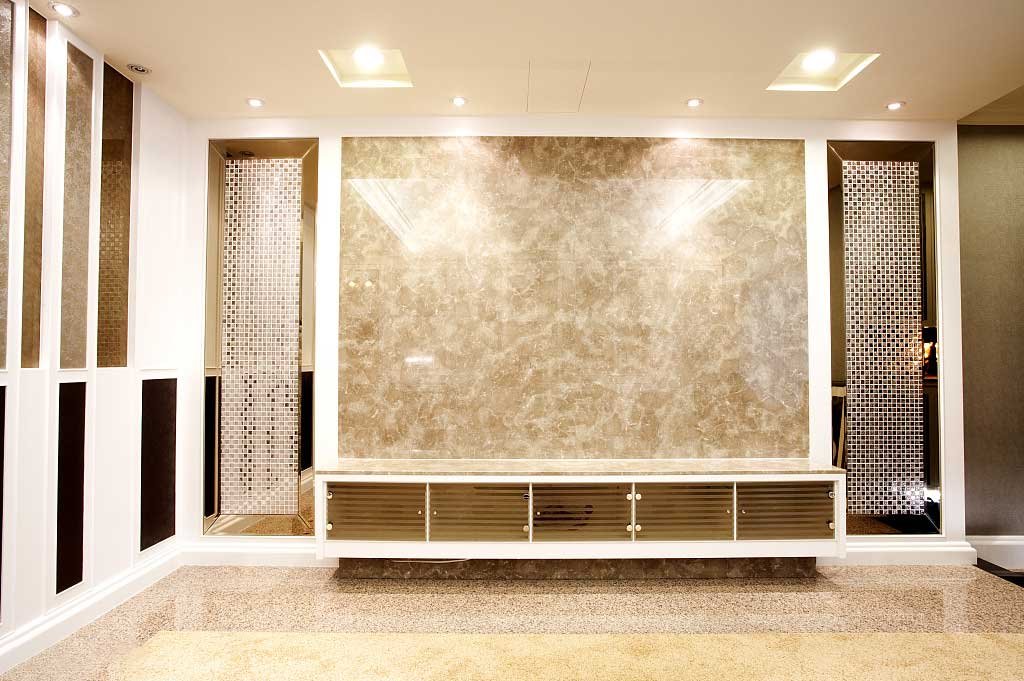
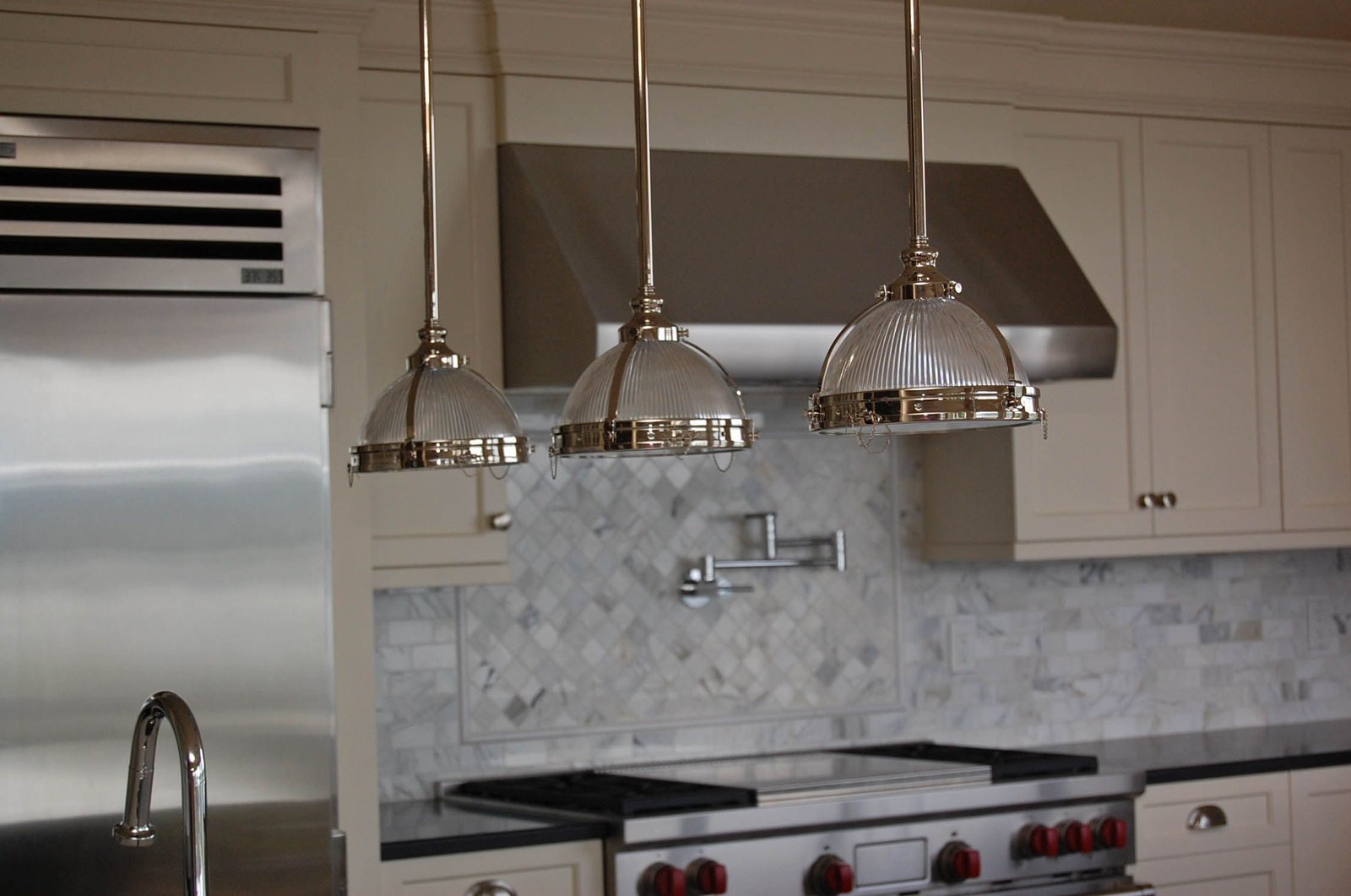
Marble
Marble is another popular material that pairs well with stainless steel. Marble, with its natural beauty and unique veining patterns, is a timeless and durable material that adds a touch of sophistication to any design. Stainless steel, on the other hand, is a robust and modern material that adds a sleek and contemporary touch to any design.
One application of the combination of stainless steel and marble is in the production of furniture. Stainless steel can be used for the structural frame of the furniture, while marble can be incorporated as the surface material for tabletops, countertops, or even entire pieces. This design creates a visually stunning contrast between the smooth, glossy surface of the marble and the matte reflective surface of the stainless steel. The combination of these materials can be used to create an eye-catching centerpiece to any living space, restaurant, or commercial setting.
Another application of stainless steel and marble in decorative design is in the creation of home decor accessories such as vases, dishes, and candle holders. Stainless steel can be used for the base or frame, while marble can be incorporated as the decorative element or functional piece. This design creates a modern and elegant look that adds a touch of luxury to any space.
One final application of the stainless steel and marble combination in decorative design is in the creation of architectural features such as stairs, columns, and accent walls. Stainless steel can be used for the structural supports and accents, while marble can be incorporated as the decorative element or stand-alone feature. This combination provides a sophisticated look that is both durable and visually striking.
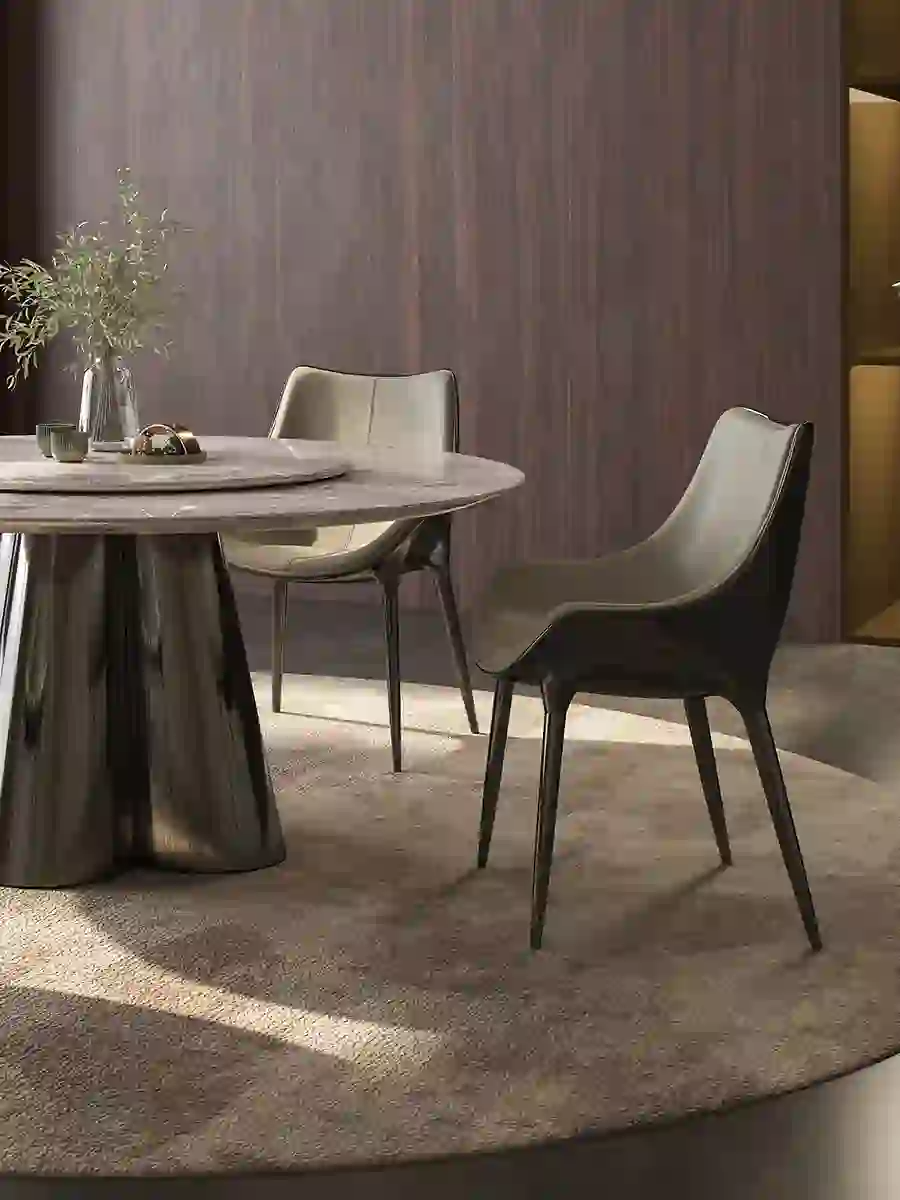
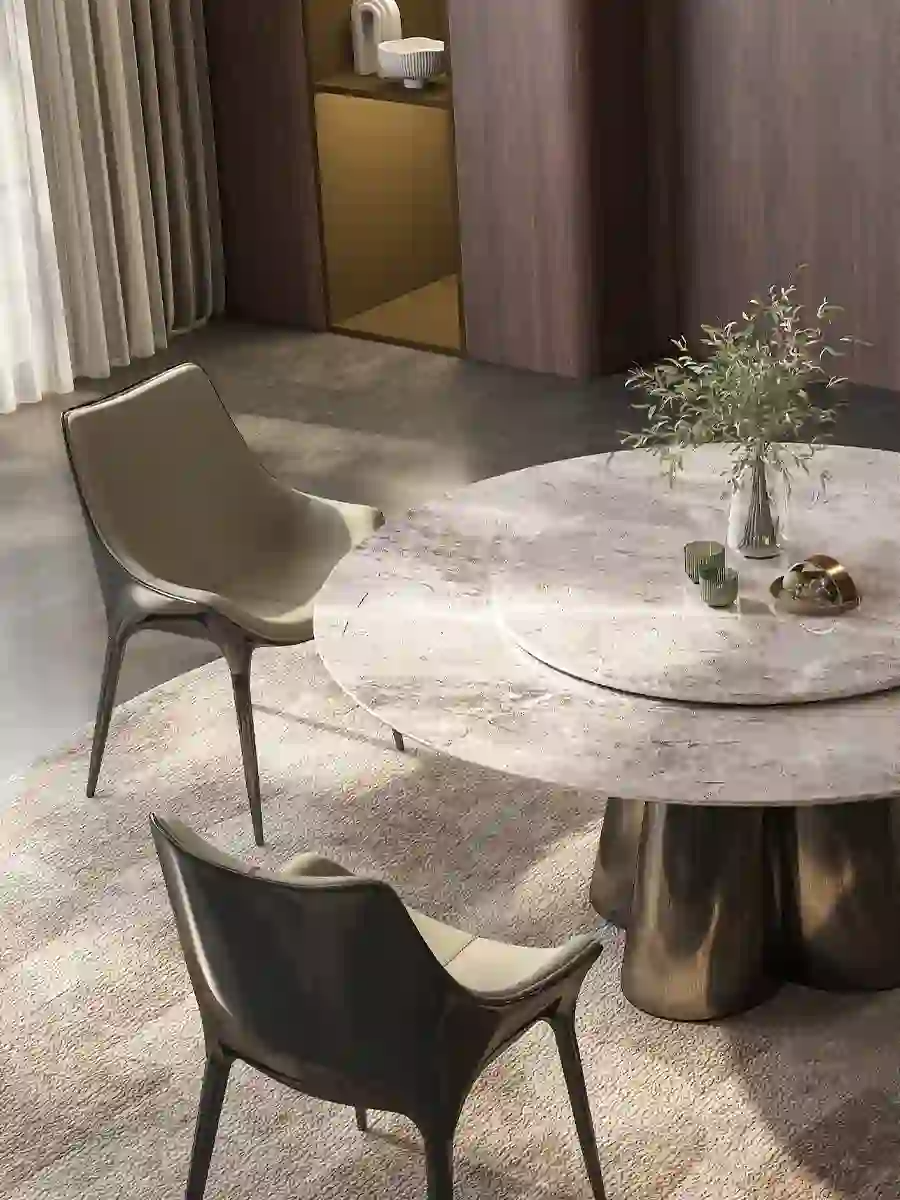
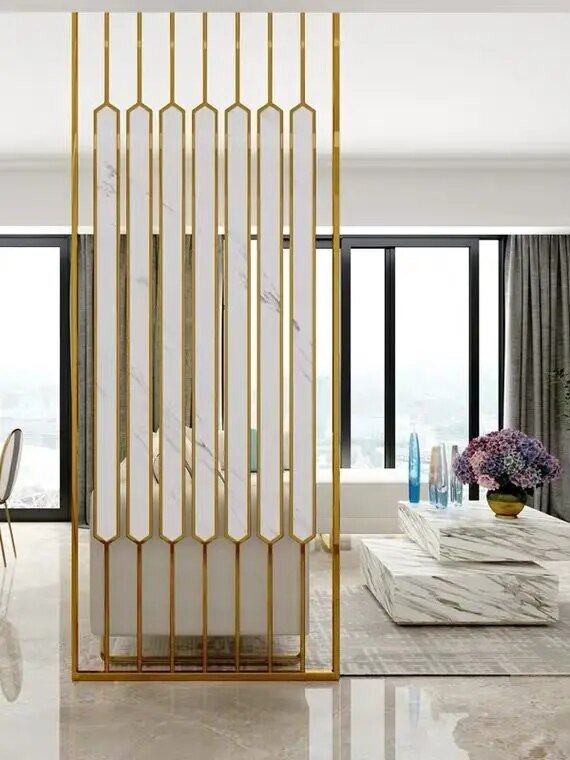
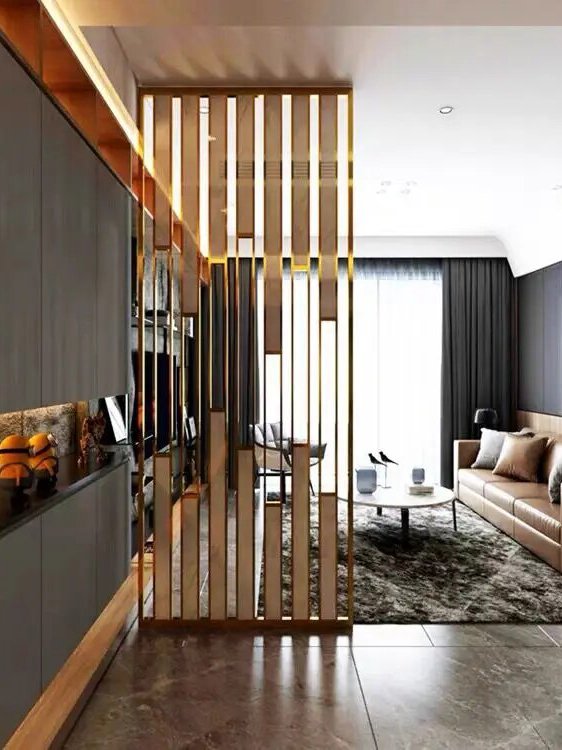
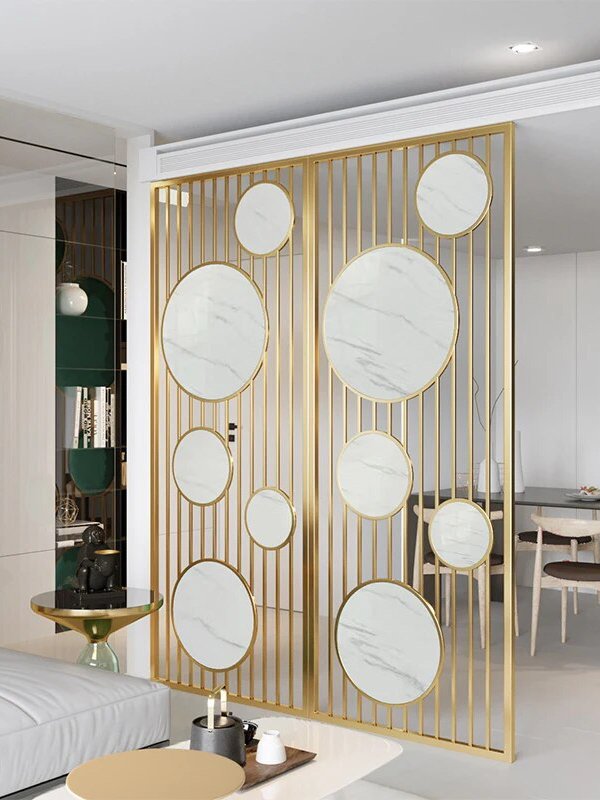
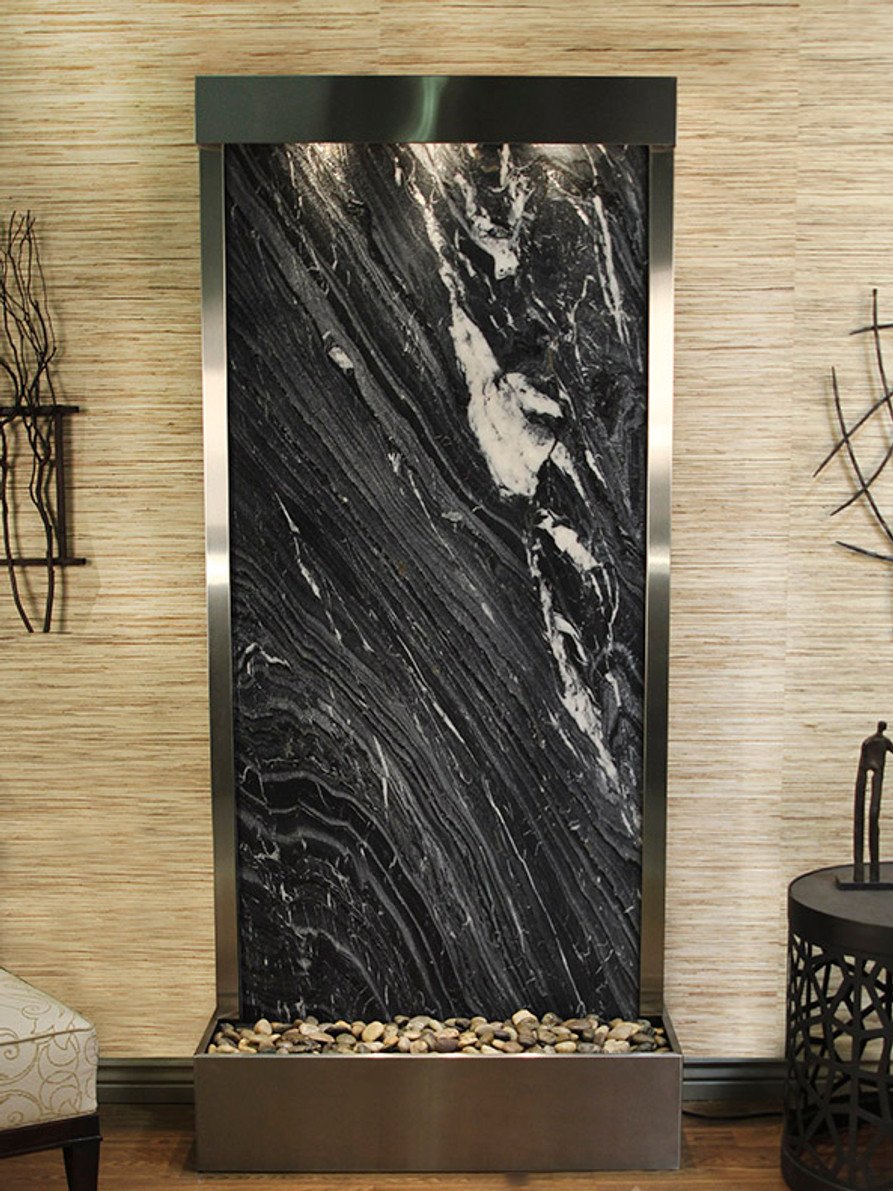
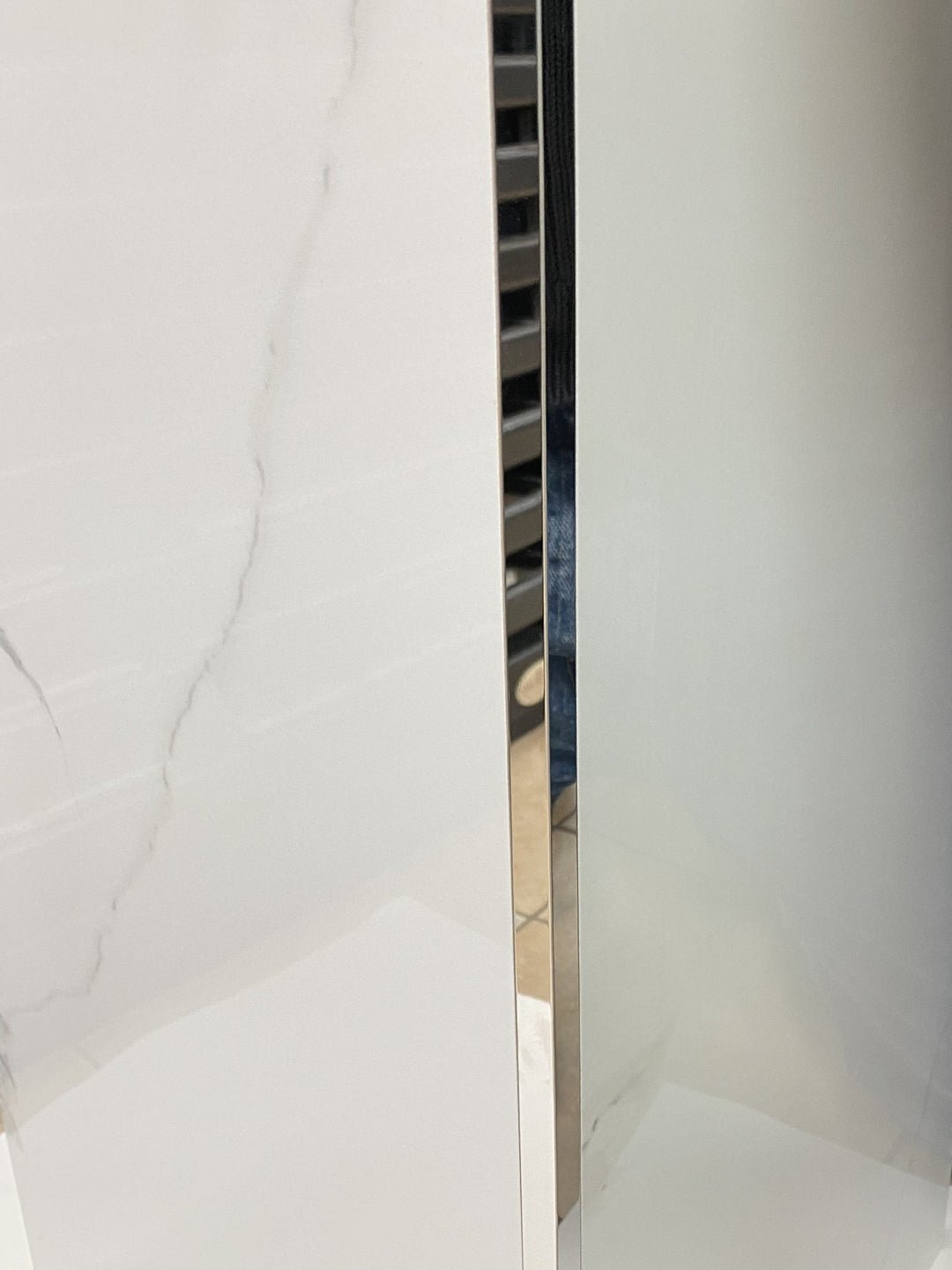
Concrete
Incorporating stainless steel with concrete can create an industrious, contemporary atmosphere.While concrete is often seen as a cold, harsh material, the addition of stainless steel can provide a warmer, more elegant aesthetic. Stainless steel, with its sleek finish and resistance to corrosion and rust, is a durable and robust material that complements the raw, textured look of concrete.
One application of the combination of stainless steel and concrete is in the production of furniture. Stainless steel can be used for the structural frame of the furniture, while concrete can be incorporated as the tabletop, seat, or even the entire piece. This design creates a visually striking contrast between the smooth, glossy surface of the stainless steel and the rough, textured surface of the concrete. This furniture design can be used to create an industrial yet elegant centerpiece to any living space, restaurant, or commercial setting.
Another application of stainless steel and concrete in decorative design is in the creation of lighting fixtures. Stainless steel can be used as the fixture base or frame, while concrete can be incorporated as the shade or pendant. This combination creates a modern, sleek look, and offers subtle ambient light that can provide an industrial vibe to any room. When placed in a commercial space, such as a hotel or restaurant, these lighting fixtures can add a dramatic yet cozy feel while providing the necessary lighting needed.
One final application of the stainless steel and concrete combination in decorative design is in the creation of architectural features such as accent walls, planters, and fireplaces. Stainless steel can be used for the structural supports and accents, while concrete can be incorporated as the decorative element or stand-alone feature. This combination provides a robust and modern look that is both functional and attractive.
The combination of stainless steel and concrete in decorative design offers a modern and sophisticated look that can be incorporated into any space to create unique and stunning design concepts. The pairing of these materials creates a look that is both raw and refined, making it perfect for any design aesthetic. Whether in furniture, lighting, or architectural features, the combination of these materials can be used to create innovative, fresh designs that will elevate the aesthetic appeal of any space.
In Conclusion
The combination of stainless steel with other materials is a versatile and innovative way to add exceptional durability, design interest, and sophistication to any space. So, whether you prefer the elegance of wood, the glamour of glass, the luxury of marble, or the industriousness of concrete, you can always incorporate stainless steel as an ideal partner to achieve your desired decorative design.
You Might Also Like
Please Share This
Follow Us On Twitter
On-site Installation of Stainless Steel Screen Partition
Precision-made. Professionally installed.
Transforming spaces with durable, elegant metal dividers.
📮DM us for custom design and project support.
#interiordecoration #metalpartition #roomdivider #sheetmetalfab
Café Design | A Sensory Collision of Metal and Coffee
This design is from BOUNDLESS SPACE DESIGN OFFICE
If you are interested in stainless steel decorative materials, please contact me for a quote !
Email: claire@jyfmetal.com
#interiordecoration #decorativematerials #metallic
Stainless Steel Fluted Panels & Skirting Boards
Clean lines, large size, premium finish — perfect for luxury interiors.
Custom colors, surface treatments, and dimensions available.
📩 DM us for catalogs or project solutions.
#flutedpanels #metalskirting


